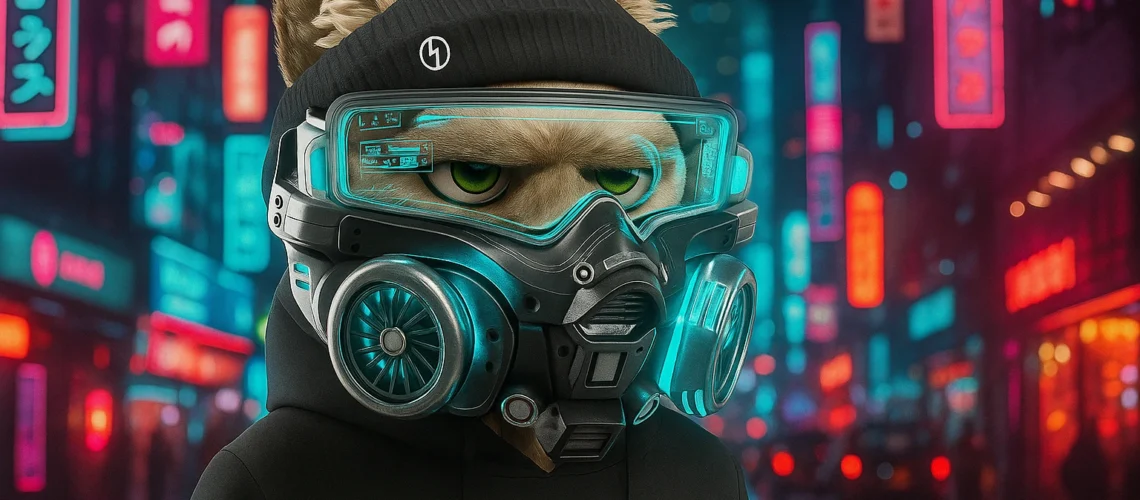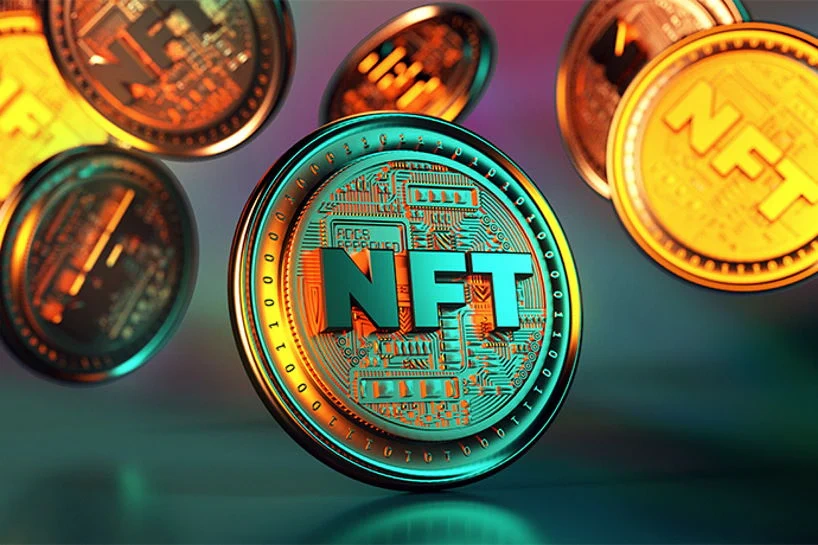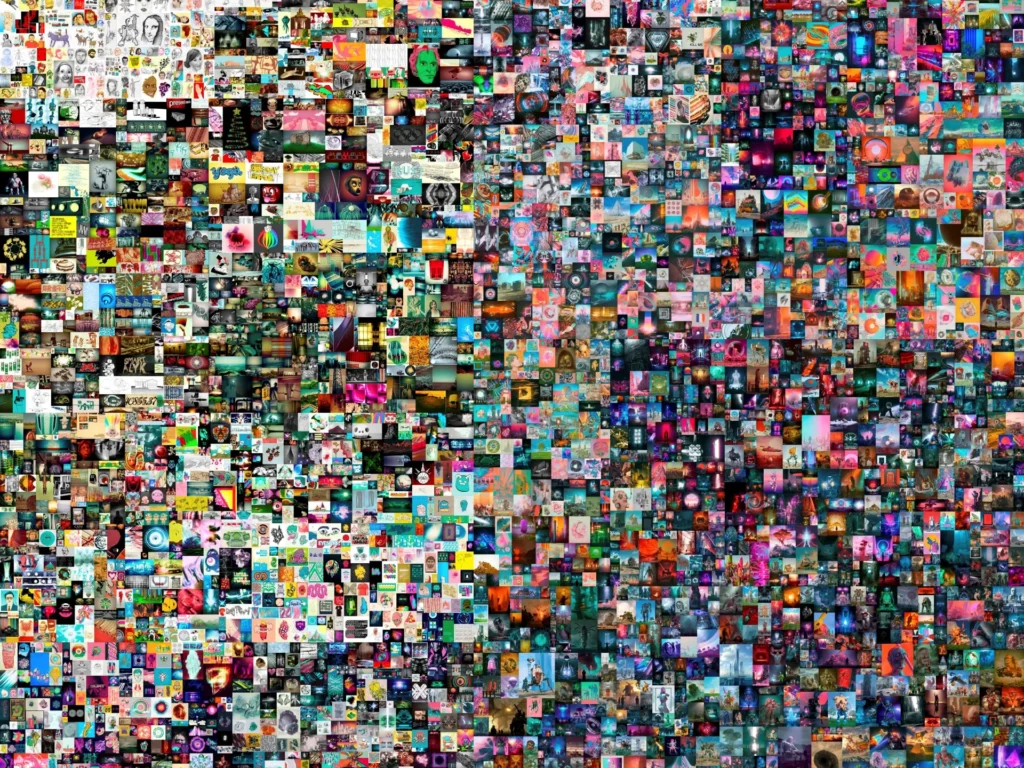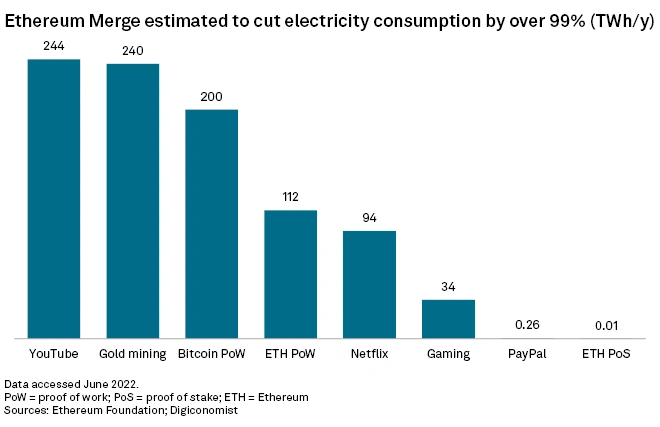NFTs in 2025: Why They Still Matter (Despite the Myths)
July 5, 2025

In NFTs 2025, the story is no longer about hype but quiet resilience. Back in 2021, NFTs exploded into the public imagination as the digital gold rush of a generation. Images of pixelated punks and rainbow cats sold for millions, and every celebrity seemed to launch a “limited drop.” Then came the backlash — and the crash. By 2023, many declared NFTs dead. But here we are in 2025, and they’re still very much alive — just quieter, smarter, and more purposeful.
In Vietnam and across Southeast Asia, the conversation around NFTs has shifted. Less hype, more function. Yet many of the same misconceptions persist. Are NFTs just overpriced JPEGs? Are they environmentally irresponsible? Can anyone just right-click and save your investment? And what does any of this mean for Vietnamese artists, collectors, and the growing Web3 economy?
To understand why NFTs still matter in 2025, we need to peel back the myths — and look at what NFTs have quietly become.
NFTs 2025: The Image Is Not the Asset

Credit from Benarto
Perhaps the most enduring misunderstanding about NFTs is that they are merely digital images that anyone can copy. This view reduces the NFT to what you see, rather than what it proves.
An NFT is not the artwork itself. It is a digital record — an entry on a blockchain — that points to the original version of a file. That token is unique. Public. Traceable. It shows who owns the original, when it was created, and how it has changed hands. In a digital world where everything can be duplicated endlessly, this small certificate of “realness” becomes incredibly powerful.
The digital artist Beeple once said anyone can view his art online — and that’s exactly the point. Just like how millions can see the Mona Lisa, but only one museum can own it.
The Bubble Didn’t Kill the Technology — It Refined It

Credit from Al Jazeera
Let’s be honest: the NFT craze in 2021 and early 2022 did get out of hand. The prices were absurd. Projects were launched without substance. And many early adopters walked away burnt. But financial bubbles don’t necessarily kill technologies — they often signal their early-stage adoption.
Today, NFTs are less about flipping cartoons and more about embedding digital ownership into daily online life. In Vietnam, young creators have begun using NFTs not just as art, but as proof-of-participation, as membership badges, as virtual concert tickets, and even as digital certificates for student work.
After the speculation faded, the structure stayed. That’s where the story gets interesting.
Not Just for the Elite — Especially Not in Vietnam
The image of NFTs as exclusive toys for crypto-rich Western collectors doesn’t reflect what’s actually happening in much of the world. According to 2022 data from Statista, Vietnam ranked among the top five countries globally for NFT ownership. But the demographic here is different: younger, more grassroots, more creator-driven.
Platforms like Binance NFT and new local startups have enabled Vietnamese artists — even students — to sell works globally. No gallery, no shipping, no agent fees. For some, NFTs are not speculative assets; they’re a new form of freelance income, tied directly to their digital creativity.
In many cases, a digital illustrator in Hanoi might mint a small collection and sell them to collectors in the U.S. or South Korea. Royalties from resales get embedded in the token’s smart contract, which means the artist continues earning with every future trade — something the traditional art world rarely allows.
NFTs 2025: The Environmental Critique Is Outdated

Credit from S&P Global
In the early days, NFTs were often minted on the Ethereum blockchain, which at the time used an energy-intensive system called proof-of-work. Rightfully, that drew environmental criticism. But much has changed since then.
Ethereum’s 2022 upgrade to proof-of-stake reduced its energy usage by over 99%. Other eco-conscious chains like Tezos and Solana are now common choices for artists. The environmental impact of NFTs in 2025 is often comparable to a single email or video stream.
In Vietnam, where environmental awareness is growing among younger creators, this shift matters. Sustainability isn’t just a Western concern. Local projects are now actively choosing green blockchain platforms to host and mint their NFTs.
NFTs Legal Recognition Is Lagging — But It’s Coming
One genuine grey area remains: legal recognition. As of 2025, Vietnam has yet to formally classify NFTs as property under civil law. That means NFT ownership is still a contractual agreement between parties, not an enforceable legal asset in court.
Still, this is a temporary growing pain, not a fatal flaw. The Vietnamese government is actively exploring frameworks for digital assets and virtual property. In the meantime, NFTs function within platforms and blockchains in ways that are already verifiable and secure — if not yet legally codified.
NFTs also raise interesting questions for intellectual property: when you buy an NFT, you don’t own the copyright unless explicitly stated. That distinction still confuses many buyers. But again, this is not unique to NFTs. It mirrors how physical art sales have worked for centuries.
The Digital Economy Needs Digital Ownership

Credit from Vietnam Investment Review
NFTs are more than collectibles. They’re infrastructure. In a world moving quickly toward metaverse experiences, digital identities, and virtual economies, NFTs offer a native way to manage ownership, identity, and value.
Vietnam’s startup scene — especially in blockchain and gaming — is already seeing NFTs integrated into everything from online education certificates to virtual land parcels. GameFi projects like Axie Infinity, developed by Vietnamese startup Sky Mavis, showed the world how digital tokens could drive player-owned economies.
In short, NFTs aren’t going away. They’re becoming invisible — embedded into systems, quietly doing their job.
NFTs 2025: A Quiet Evolution, Not a Loud Revolution
The noise is gone. The monkey pictures are passé. But the technology remains — and grows more nuanced every year. In 2025, NFTs aren’t about hype; they’re about use. For Vietnamese creators, that use is often personal, practical, and empowering.
NFTs have given the next generation of digital artists and developers new tools to reach audiences, earn income, and build legitimacy in the global Web3 art market. They’ve helped make ownership programmable, and scarcity possible in a world of infinite copying.
So no, NFTs weren’t a scam. They were a misunderstood prototype of what comes next.
And what comes next is being built right now — sometimes in quiet corners of Hanoi or Saigon, one token at a time.

